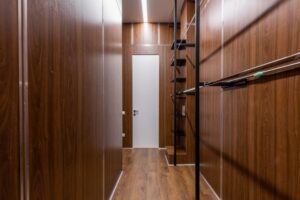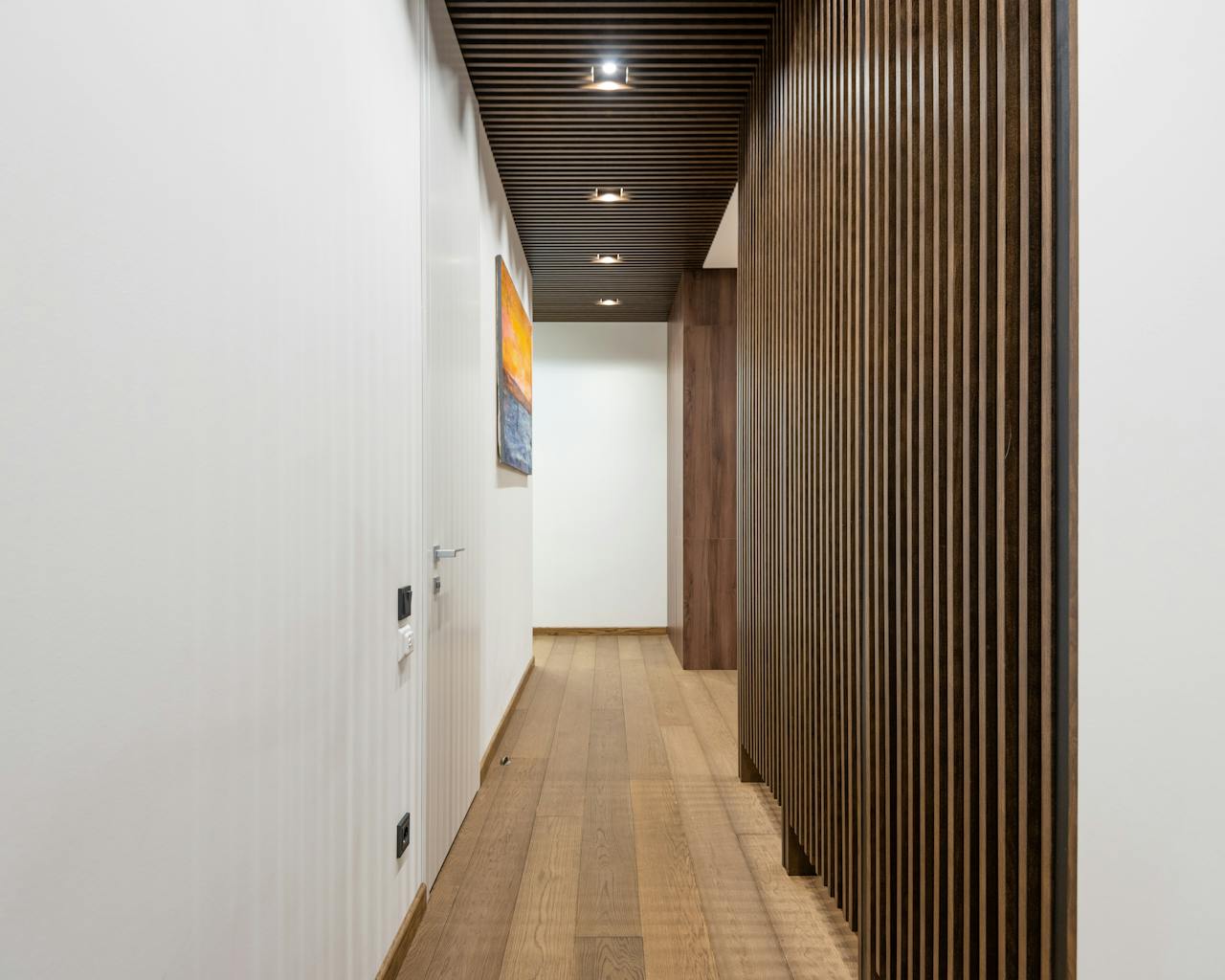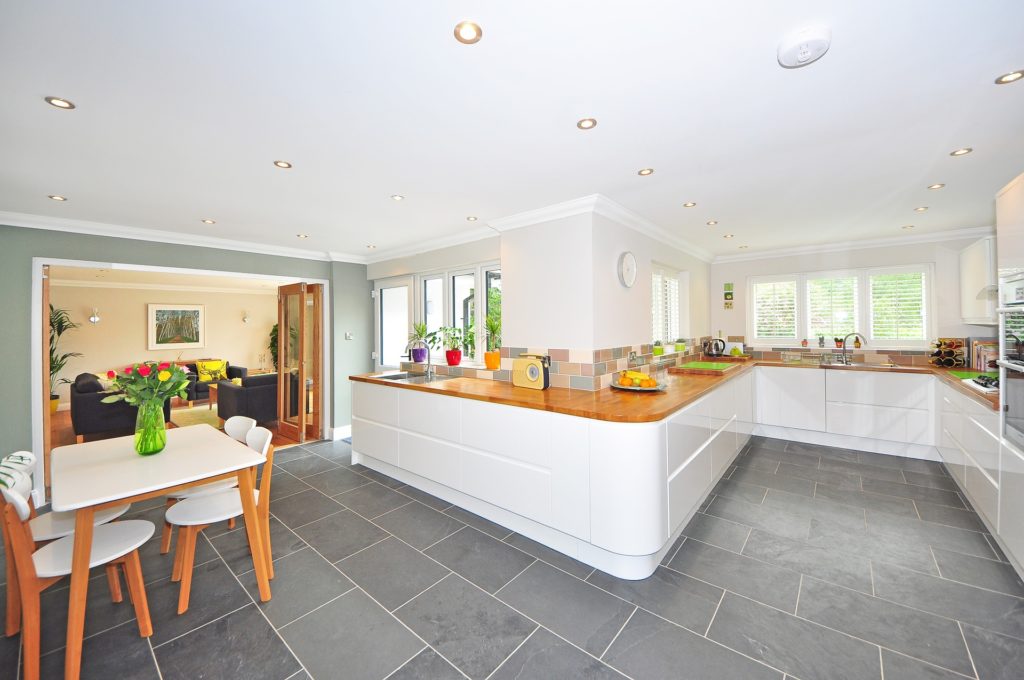Embarking on a wall paneling installation project promises to elevate your living space to new heights of style and sophistication. Yet, amidst this excitement, it’s crucial to tread carefully to avoid stumbling over common pitfalls that could mar your vision. Picture this: envisioning a sleek, modern paneling design only to find it riddled with gaps and uneven edges due to oversight in preparation. In this guide, we’ll delve into the top errors individuals frequently encounter during wall paneling installations.
You can read more on innovative techniques like installing wall panels without adhesive so that your renovation dreams can take flight with ingenuity and resourcefulness.
Poor Measurement and Planning
 Insufficient measurement and planning are among the most prevalent mistakes in wall paneling installation. Failing to accurately measure your walls’ dimensions and properly plan your panels’ layout can result in uneven spacing, awkward seams, and wasted materials. Before you begin the installation, take the time to carefully measure your walls and sketch out a detailed layout, accounting for any obstacles such as outlets or windows.
Insufficient measurement and planning are among the most prevalent mistakes in wall paneling installation. Failing to accurately measure your walls’ dimensions and properly plan your panels’ layout can result in uneven spacing, awkward seams, and wasted materials. Before you begin the installation, take the time to carefully measure your walls and sketch out a detailed layout, accounting for any obstacles such as outlets or windows.
Improper Surface Preparation
Another common mistake is to needly preparing the wall surface before installing paneling. Failure to clean, smooth, and prime the walls can lead to poor adhesion and an uneven finish. Ensure to thoroughly clean the walls to remove any dirt, dust, or grease, and repair imperfections such as cracks or holes. Additionally, consider applying a coat of primer to ensure proper adhesion and a smooth surface for the paneling to adhere to.
Choosing the Wrong Material
Selecting the wrong type of paneling for your space is a critical error that can impact your walls’ aesthetics and functionality. Whether you opt for wood, MDF, PVC, or another material, choosing a product that suits your design style, budget, and maintenance preferences is essential. Consider factors such as durability, moisture resistance, and ease of installation when selecting the ideal material for your wall paneling project.
Inadequate Acclimatization
Failure to allow the paneling to acclimate to the environment before installation is a common oversight that can lead to warping, buckling, and other issues over time. Many materials, mainly wood, require time to adjust to the temperature and humidity of the space where they will be installed. Be sure to follow the manufacturer’s recommendations for acclimatization, allowing the paneling to sit in the room for a specified period before beginning installation.
Ignoring Expansion Gaps
 Finally, overlooking the need for expansion gaps during installation can result in unsightly gaps or buckling as the paneling expands and contracts with changes in temperature and humidity. To prevent this issue, leave a small gap between the panels and adjacent surfaces, such as walls or trim. Use spacers or shims to maintain consistent spacing throughout the installation process, ensuring a professional-looking result that will stand the test of time.
Finally, overlooking the need for expansion gaps during installation can result in unsightly gaps or buckling as the paneling expands and contracts with changes in temperature and humidity. To prevent this issue, leave a small gap between the panels and adjacent surfaces, such as walls or trim. Use spacers or shims to maintain consistent spacing throughout the installation process, ensuring a professional-looking result that will stand the test of time.
By avoiding these common mistakes and following best practices for wall paneling installation, you can achieve stunning results that enhance the beauty and value of your home. Whether you’re updating a single room or tackling a larger renovation project, planning carefully, preparing the surface properly, choosing the right materials, allowing for acclimatization, and accounting for expansion gaps will ensure a successful outcome.…






 If you’re like most people and prepare the majority of your coffee in the morning, you should direct clear of any coffee machine that is difficult to operate. A few minutes after waking up, sticking a pod in and clicking a button might be all you want to do. You are the most knowledgeable about your behaviors. Will the fact that you’ll have to spend a bit more time brewing your morning coffee be a discouragement to utilizing the machine you buy? Consider when you regularly get up and how much time you give yourself to get dressed before deciding.
If you’re like most people and prepare the majority of your coffee in the morning, you should direct clear of any coffee machine that is difficult to operate. A few minutes after waking up, sticking a pod in and clicking a button might be all you want to do. You are the most knowledgeable about your behaviors. Will the fact that you’ll have to spend a bit more time brewing your morning coffee be a discouragement to utilizing the machine you buy? Consider when you regularly get up and how much time you give yourself to get dressed before deciding.